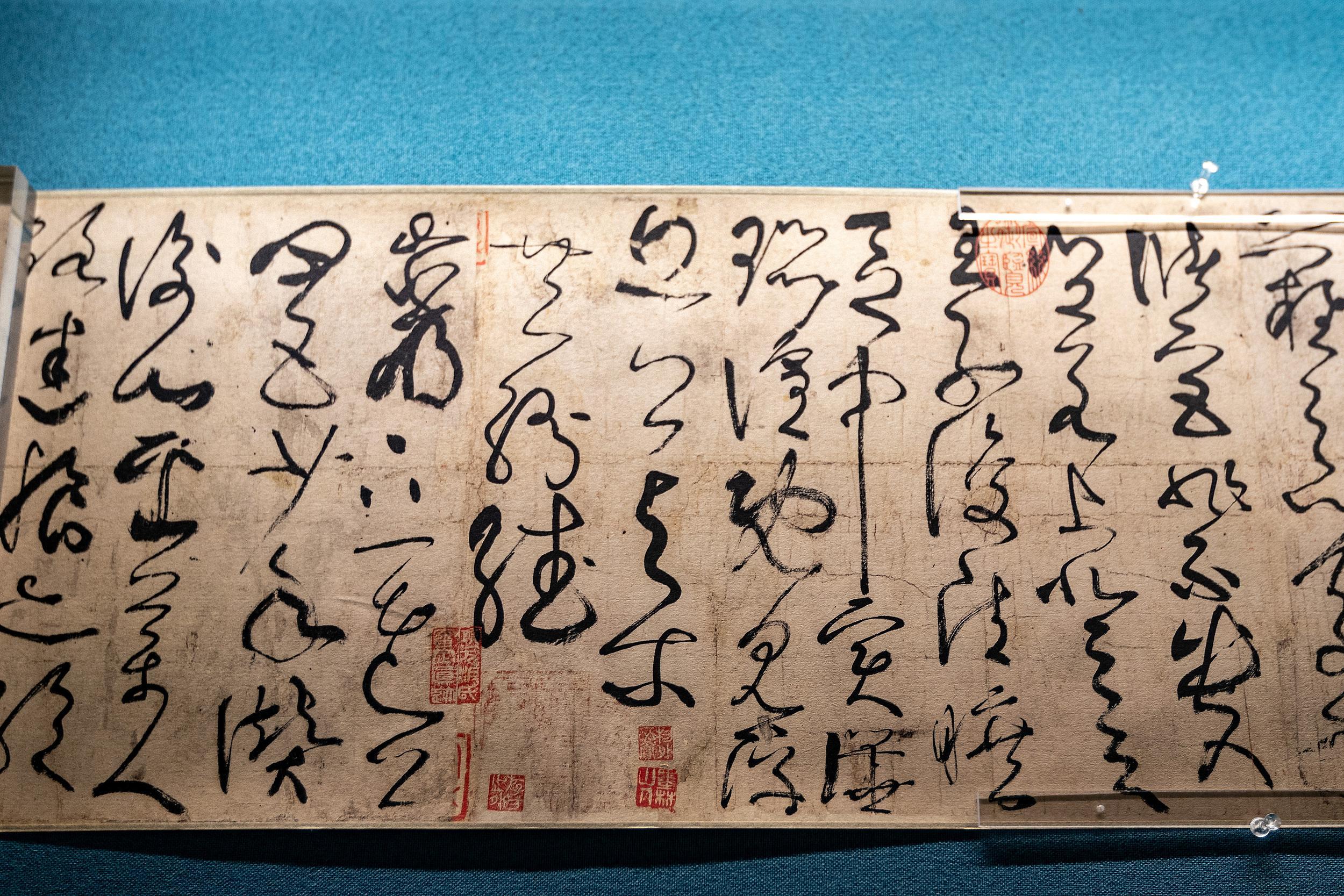Chinese Calligraphy: The Art of Lines

Chinese calligraphy is the writing of Chinese characters as an art form, combining purely visual art and interpretation of the literary meaning. This form of expression, which is traditionally held in high esteem across the country, is also a clear manifestation of Chinese philosophy that has influenced Chinese people for several thousand years.
The oldest known Chinese writing dates back to more than 3,000 years, found in inscriptions created for Shang Dynasty (1600-1046 BC) rulers. Since the 4th century, calligraphy was engaged in, valued and collected as a prestigious form of visual art. As early as the 10th century, calligraphy served as an essential part of the imperial civil service exams. Along with playing stringed musical instruments, the board game "Go" and painting, calligraphy was considered one of the four prized skills and pastimes of ancient Chinese literati.
Chinese characters are essentially ideographic, meaning they can represent the concept of an object instead of recording its pronunciation. A calligrapher uses a flexible brush, dips its tip, made of animal hair, into ink, which is usually prepared by grinding an ink stick with water on an ink stone, and writes on paper or silk that may have varying absorbency levels. The brush, ink, ink stone and paper are commonly known as the "Four Treasures of the Study."
A skilled calligrapher can produce an impressively diverse and vibrant range of artistic effects, which express the character and mood of the artist at the moment of creativity. The flexibility of the soft brush allows it to capture the delicate variations in pressure, direction and speed of the force that moves from the calligrapher's shoulder to his arm, wrist, and ultimately to his fingertips. This explains the calligraphic brushstrokes' distinct ability to vividly and immediately capture the kinetic energy that flowed through the calligrapher's body while creating the calligraphy.
In its unique Chinese style, calligraphy provides a significant avenue for valuing traditional culture and for art education. It serves as a source of pride and joy for the Chinese people and reflects significant elements of the nation's cultural and artistic legacy.






